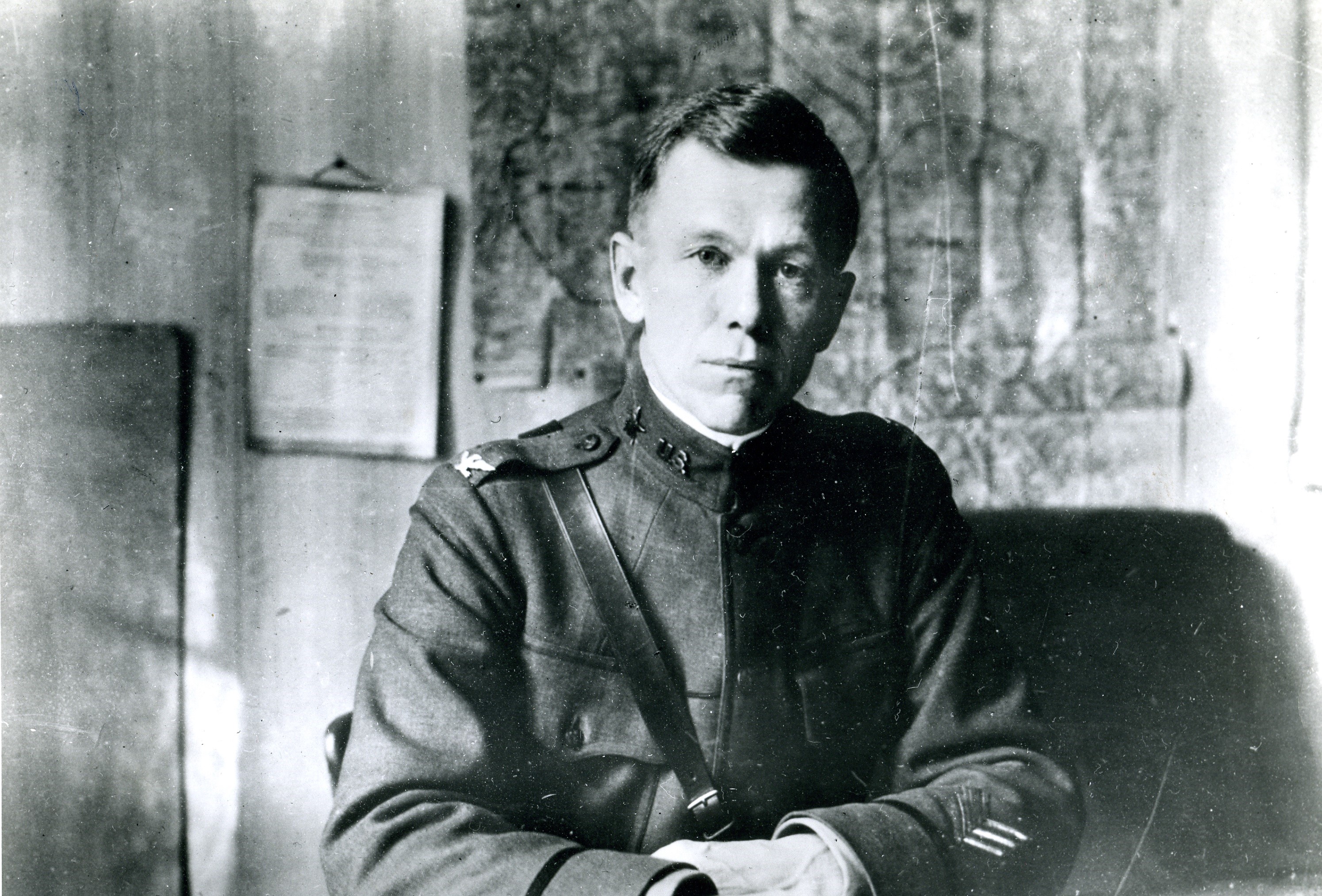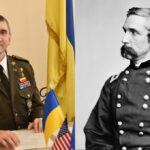
Whatever roles military strategic leaders play… they do so as experts in the fighting and winning of wars.
Welcome to the inaugural edition of WAR ROOM’s Whiteboard, which invites contributors to comment briefly on an issue relevant to national security, defense, and military leadership. Each whiteboard will be followed 3-4 weeks later (pending reader submissions) by a second piece compiling the best submissions responding to the same question. Contributions should be no longer than 300 words and require minimal references.
Unfortunately, the deadline for submissions has passed, but there will be more opportunities to contribute. Keep following WAR ROOM for more opportunities to post on our Whiteboard!
How good is the U.S. Army at developing strategic leaders? Give the organization a grade (from F to A+), and support your assessment.
1. Colonel Edward Ballanco, U.S. Army; Graduate of U.S. Army War College resident class of 2018
GRADE: C- (down from a B+ in the 1990s)
Strategic army leaders must be tactically competent and broadened—they have to know how to fight and understand the complex security environment. They cannot be one-dimensional. However, the army has produced a generation of specialized officers who are experts in their career fields but not broadened. Consider the Foreign Area Officer (FAO). Prior to the current personnel management system, certain officers could be both FAOs and basic branch officers. Retired Brigadier General Louis Weber was both a FAO and an armor officer. He earned a master’s degree in international relations, served in an embassy, and commanded an armor brigade. His diverse experiences made him better in both fields. He worked better with foreign militaries because of his operational background, and his FAO experience helped him understand international security. Since then, the world became more complex while the officer corps became less broadened.
Dual-tracking ended 20 years ago. Since then, the number of basic branch officers with resident civilian graduate degrees has declined substantially. Promotions in the operations career field remain ultra-competitive, but they increasingly depend on specialization. Officers have to do well in “key and developmental” positions and get the right types of additional jobs. Any deviation from the prescribed career track jeopardizes selection for tactical command. Consequently, a generation of senior officers have expertise in operations but are less broadened than their predecessors. However, these officers likely see themselves as highly qualified, and are unlikely to consider broadening essential when evaluating subordinates. A general’s aide position has become far more key to promotion than civilian education, interagency assignments, and foreign exchanges. Yet participating in low-level decisions broadens officers more than watching generals make high-level decisions. When General Odierno pushed broadening, basic branches simply renamed crucial advancement jobs broadening. Promotion boards do not reward genuine broadening, so officers continue to prefer lucrative, fake broadening positions. Many talented officers would love a broadening opportunity, but not at the cost of advancement. To overcome this, the army must award meaningful promotion credit for genuine broadening and make aide jobs less lucrative.
2. Dr. Thomas Bruscino, U.S. Army War College Faculty
GRADE: No Grade
We need something to grade, and as of now no one has any real idea what a strategic leader is. No, that is not right. Actually, everyone has too many ideas of what strategic leadership is, and so it means mastering international relations, politics, economics, regional studies, diversity studies, social media, emerging technologies, and just about everything else within the human experience.
Additionally, everyone from the boardroom to the sideline to the classroom and so on wants to be strategic or to have strategies. As a result, the meaning of strategy and strategic leadership has grown absurdly broad. Lawrence Freedman, in his unified field theory of strategy, settled on strategy as “getting more out of a situation than the starting balance of power would suggest.”
Well, sure. But that is as true as it is unhelpful. And in the quest for such comprehensiveness, the Army tries to develop strategic leaders for everything, leaving little room for what is most important.
The military services play a lot of roles, but the role they absolutely must play, the reason they exist, is to use organized violent force to pursue political aims. In other words, the Army must prepare strategic leaders to fight and win wars.
Whatever roles military strategic leaders play, whether they be decision makers, advisors, communicators, organizers, procurers, trainers, planners, or morale builders, they do so as experts in the fighting and winning of wars. That is their unique and essential purpose – what they bring to the table that no one else can do.
For decades now the Army has lamented its inability to produce strategic leaders, and has tried to address the problem by adopting so many new concepts of strategy that what really matters may get lost in the chaos. It is long past time to stake out the military corner of strategy, to focus intently on the infinitely complex and difficult task of preparing leaders to fight and win wars. Only then can we grade how good the U.S. Army is at developing strategic leaders.
The Army must incentivize broadening opportunities and facilitate cognitive diversity in the force by expanding promotion pathways.
3. Colonel Brian Rauen, U.S. Army; Graduate, U.S. Army War College resident class of 2018
GRADE: C+
The Army accepts mediocre development of strategic leaders because it is unwilling to address structural problems: yesterday’s answers are still used to address today’s problems. This structure, founded and now bounded in statute, imposes one-size-fits-all timing, tenure, and joint requirements. These outdated processes are not driven by current operational realities or the evolving environment. As a result, the Army is not optimized to create strategic leaders ready for the current or future challenges of both regular and irregular warfare.
More effective strategic leader development can only be gained through evolution. The military must work with Congress to change the laws that undergird promotion timelines and advancement requirements. The Army must incentivize broadening opportunities and facilitate cognitive diversity in the force by expanding promotion pathways. And perhaps most importantly, today’s leaders must invest in tomorrow’s strategic leaders by engaging junior officers, offering counseling and mentorship, and providing consistent, unbiased evaluations that look to the future requirements. Identification of future strategic leaders starts with appropriate assessment and selection and that starts with development – which is a problem.
The closed, up-or-out nature of the Army’s officer corps means today’s junior officers are the limited pool from which the Army will draw tomorrow’s strategic leaders. Mistakes in assessment, selection, and training have long-term consequences. But over-reliance on more rigorous professional military education to make effective strategic leaders is also problematic. Professional military education is certainly necessary, but not nearly sufficient, to develop strategic leaders. Ten months of training at the United States Army War College will certainly sharpen a capable leader’s blade, but it won’t turn proverbial plowshares into swords. The Army must start building those swords now by changing the personnel structure to better assess, select, and develop strategic leaders over time. If strategic failure drives the change, it means we are too late.
4. Dr. Stephen Gerras, U.S. Army War College Faculty
GRADE: C
By strategic leaders, I limit my assessment to Active Duty Army General Officers (GO). A concise, and somewhat logical way to approach this answer is to identify the key attributes of a prototypical successful GO, and then evaluate the GO community against these requirements. Based on thirty years as an organizational psychologist, I have identified ten attributes. Based on personal GO observations and over a decade of querying War College students, my report card rates GOs high in five, and low in five.
Army General Officers’ five high attributes are: (1) skilled warfighter, (2) high energy, (3) confident and assertive, (4) determined, and (5) unquestionable integrity. Interestingly, these same five attributes are relevant across the tactical, operational, and strategic level.
The five low attributes are: (1) humble team-builder, (2) open-minded, (3) sophisticated communicator, (4) self-aware, and (5) strategic judgment. Unlike the five strengths, only self-awareness is equally important across the tactical-strategic continuum. These low-rated attributes are representative of a disposition or skill-set required to address the overwhelming change, information, and complexity of the strategic arena.
They are related. A self-aware GO who is open-minded and curious about innovation will build a team in which GO humility encourages dissonant perspectives. This in turn leads to informed, sophisticated judgment that can be communicated to diverse external audiences.
What can be done? First, re-examine OPMS XXI decisions from the mid-1990s in which the Army, in an effort to create unparalleled warfighters, decided that the marginal benefit of a 5th consecutive year with troops exceeded the alternative benefit from broadening experiences and secondary specialties such as a foreign area officer rotation or an MBA-credentialed comptroller job. Additionally, the Army should catch up with 1960s corporate America and make use of assessment centers which can evaluate dispositions like self-awareness, humility, and openness, along with skills like team-building, communication, and judgment prowess.
The views expressed in this Whiteboard Exercise are those of the contributors and do not necessarily reflect those of the U.S. Army War College, U.S. Army, or Department of Defense.
Photo: Colonel George Marshall, 1919 / Creative Commons License
Other Releases in the Whiteboard series:
- THE ADMINISTRATION’S TOP FOREIGN POLICY PRIORITY (A WHITEBOARD)
- AFTER 2020, WHAT’S NEXT? (A WHITEBOARD)
- IMAGINING OVERMATCH: CRITICAL DOMAINS IN THE NEXT WAR (A WHITEBOARD)
- THAT ONE MOST IMPORTANT THING: (A WHITEBOARD)
- SHALL WE PLAY A GAME?
(WARGAMING ROOM) - WAR(GAMING) WHAT IS IT GOOD FOR? (A WHITEBOARD)
- LEADERSHIP ROLE MODELS IN FICTION REVISITED: (A WHITEBOARD)
- WHAT GOOD IS GRAND STRATEGY? (A WHITEBOARD)
- THE UNITED NATIONS’ GREATEST ACCOMPLISHMENT: (A WHITEBOARD)
- LEADERSHIP ROLE MODELS IN FICTION: (A WHITEBOARD)




